In the interest of simplicity and economy, it is desirable that transistor circuit should have a single source of supply—the one in the output circuit (i.e. VCC). The following are the most commonly used methods of obtaining transistor biasing from one source of supply (i.e. VCC ) :
(ii) Emitter bias method
(iii) Biasing with collector-feedback resistor
(iv) Voltage-divider bias
In all these methods, the same basic principle is employed i.e. required value of base current (and hence IC) is obtained from VCC in the zero signal conditions. The value of collector load RC is selected keeping in view that VCE should not fall below 0.5 V for germanium transistors and 1 V for silicon transistors.
For example, if = 100 and the zero signal collector current IC is to be set at 1mA, then IB is made equal to IC / = 1/100 = 10 µA. Thus, the biasing network should be so designed that a base current of 10 µA flows in the zero signal conditions.
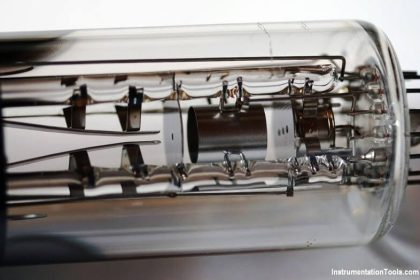
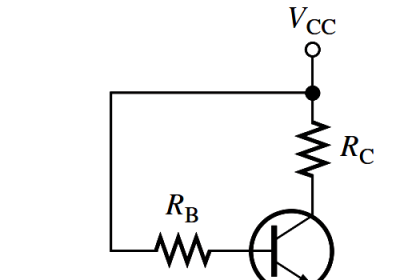
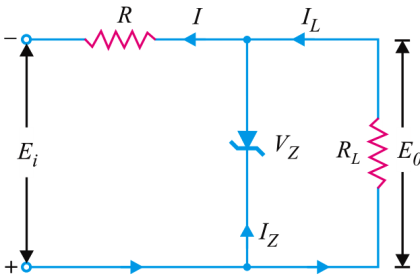
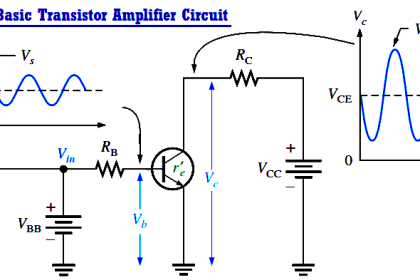
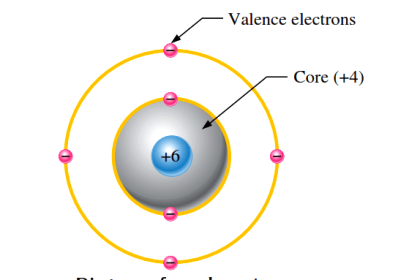
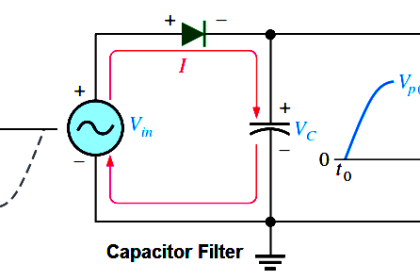


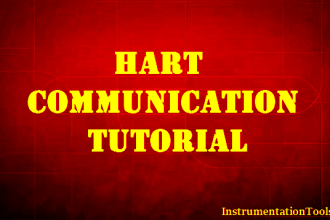
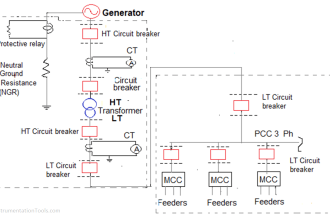


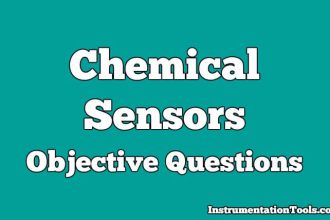
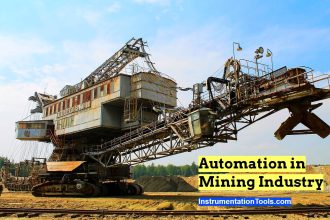
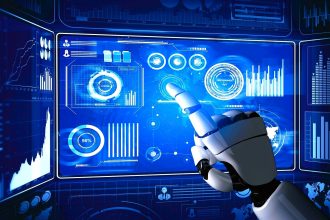


good